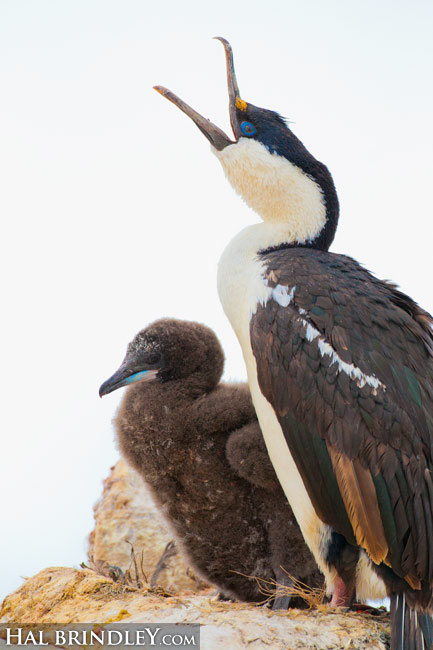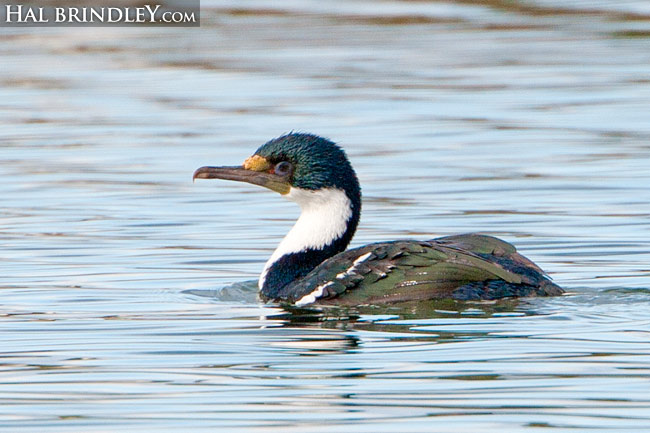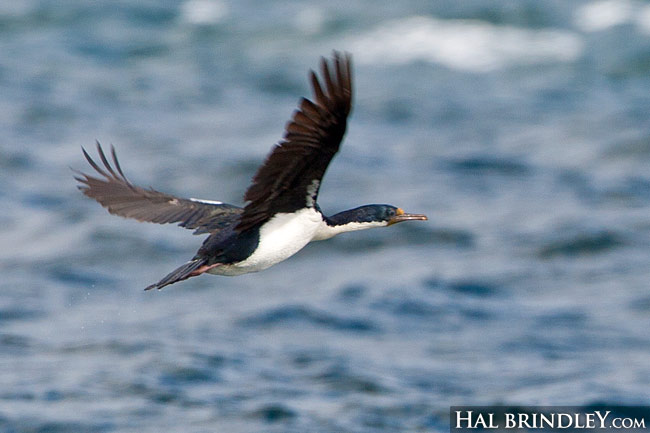Imperial Shag
(Phalacrocorax atriceps)
There’s only one cormorant species with the guts to hang out in Antarctica: The Imperial Shag. I ran into this little fellow on Pleaneau Island in the Antarctic Peninsula. He was walking around amongst a creche of baby gentoo penguins. He showed no fear of me and seemed to take a particular interest in my camera.

The names Cormorant and Shag are essentially interchangeable. There are about 40 cormorant/shag species worldwide, but the taxonomy of this particular species is highly debated. No one is quite sure where to draw the lines. As a result, this is a bird with a thousand names depending on where you come across it and who you ask. (for example: Antarctic Cormorant, Antarctic Blue-eyed Shag, Blue-eyed Cormorant, Blue-eyed Shag, Chilean Blue-eyed Shag, Crozet Shag, Heard Island Cormorant, Heard Shag, Imperial Blue-eyed Shag, Imperial Cormorant, Kerguelen shag, King Cormorant, King Shag, Macquarie Shag, South Georgia Shag, White-Bellied Shag)

Like all cormorants they have a host of adaptations that make them supreme underwater fish-hunters. They have unusually dense bones and a low percentage of body fat, which reduces buoyancy. That’s why they float so low in the water when swimming (see above). An unusually high volume of blood allows them to store more oxygen for longer dives. The outer layer of feathers is not waterproof, which also helps reduce buoyancy, but makes it necessary for them to dry their feathers after every couple of dives.
This cormorant is found in the Antarctic Peninsula, as well as southern South America and various sub-antarctic islands. I photographed the guy above in Ushuaia, Argentina, and this one flying across the Beagle Channel in Chile.

